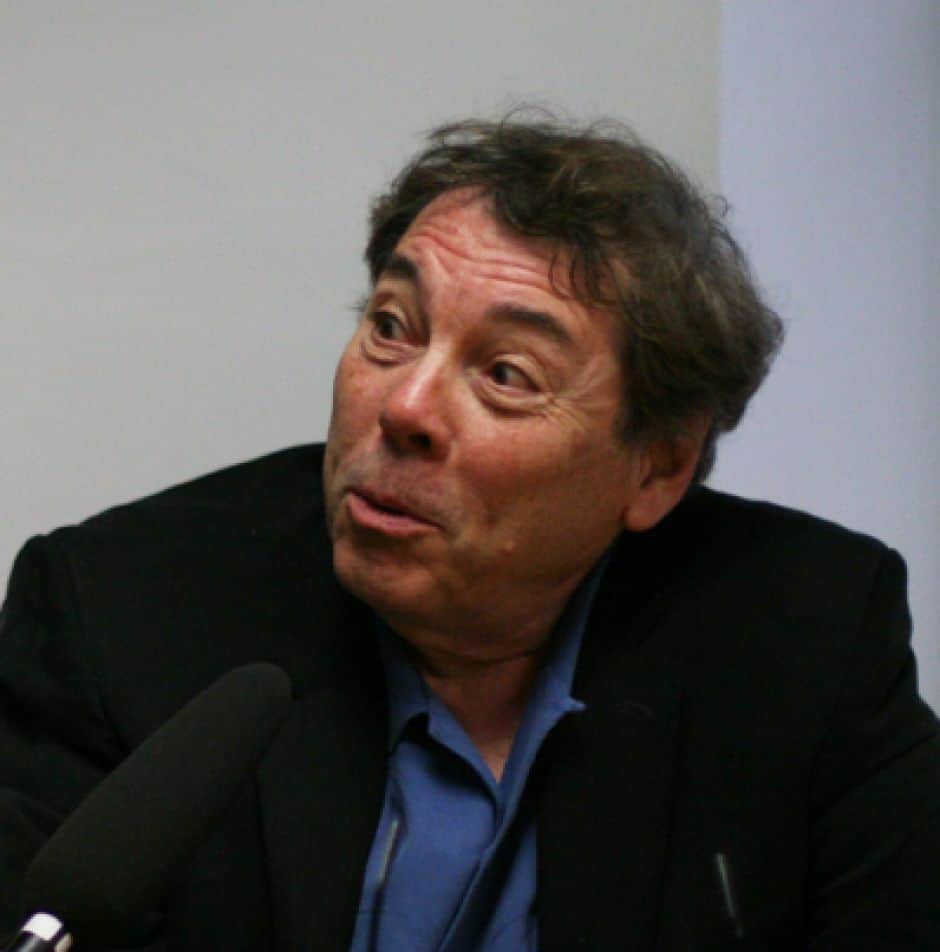Introduction
After months of boasting about releasing the names of all visitors to the White House, the Obama administration now concedes the visitor logs are incomplete.
Responding to the Center for Public Integrity’s findings earlier this week, spokesman Jay Carney said Thursday that the visitor logs aren’t intended to be a complete record of who enters the building. “They’re not designed for public release. They’re designed for security reasons,” he said. Jake Tapper of ABC News put the question to Carney at the daily White House media briefing.
A Center investigation revealed the logs are incomplete for thousands of visitors to the White House, including lobbyists, government employees, campaign donors, policy experts, friends of the first family, and even celebrities like Bob Dylan and Joan Baez. The analysis showed the logs routinely omit or cloud key details about the identity of visitors, who they met with, the nature of the visit, and even includes the names of people who never showed up
Yet the White House website proudly describes “over 1,000,000 records of everyone who’s come through the doors of the White House” via a searchable database.
Carney defended the administration and said the president had “made extraordinary efforts to demonstrate the transparency that he thinks is vitally important.”
“So the fact that it’s incomplete is not a reflection of any effort to withhold information. We release the information that we have in ways that have never been done before by any administration of any party. And we continue to work on ways to enhance the transparency that we’ve achieved already,” he said.
Carney said the official logs kept by the White House are primarily a security system to protect the first family and the people who work in the White House.
Asked why some names of people known to have visited the White House are absent from the logs, Carney said that issue should be taken up with the Secret Service. “I’d have to refer questions about that to them. But our effort at transparency is broad and sincere, and we continue to make efforts to be, to earn our reputation as the most transparent administration in history every day.”
Some transparency advocates aren’t so sure that administration deserves praise for releasing huge numbers of names—most of them people who entered the building on group tours.
“I think they ought to reassess, look at costs and benefits, and revisit this. My own feeling that it was an interesting experiment but that it has not paid dividends that anyone would have hoped for,” Steven Aftergood, director of the project on government secrecy of the Federation of American Scientists, said Thursday. “The resources should be redirected somewhere else or retooled in a different direction.”

Join the conversation
Show Comments